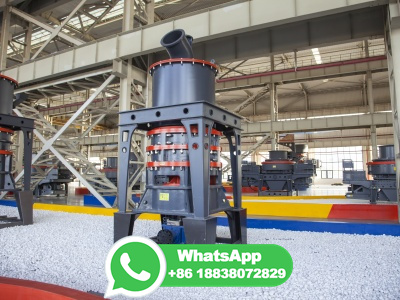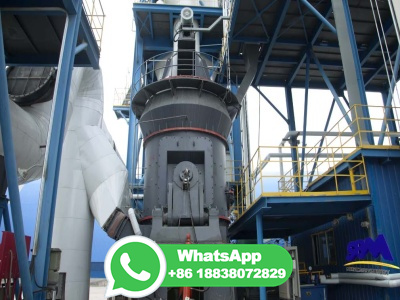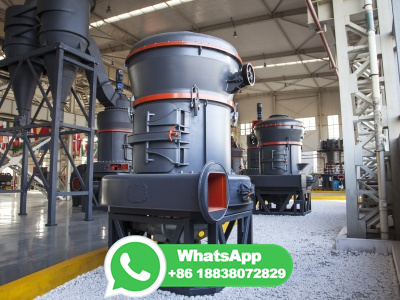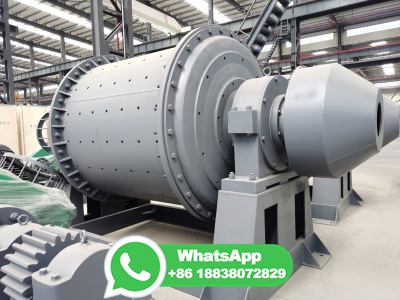Bituminous Coal Characteristics and Appliions
WEBJan 29, 2020 · Bituminous coal contains moisture of up to approximately 17%. About to 2 percent of the weight of bituminous coal is nitrogen. Its fixed carbon content ranges up to approximately 85 percent, with ash content up to 12% by weight. Bituminous coal can be egorized further by the level of volatile matter; it contains highvolatile A, B, .





























